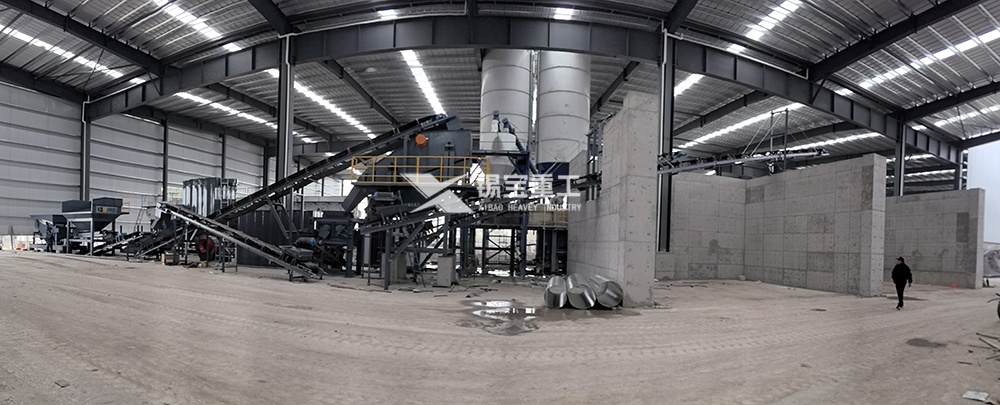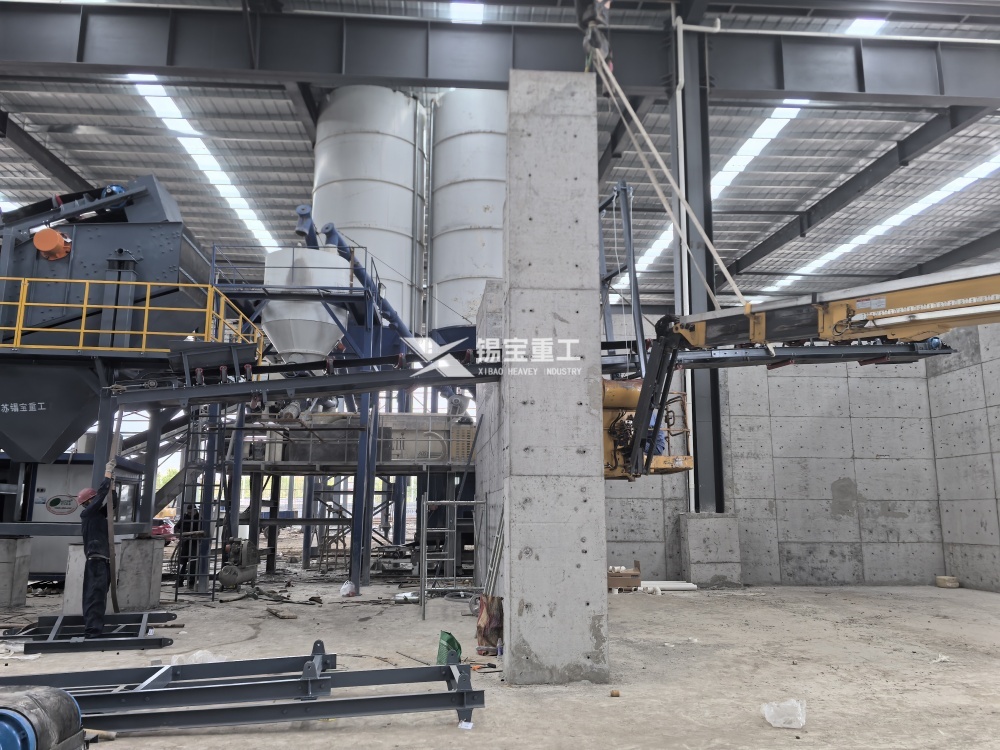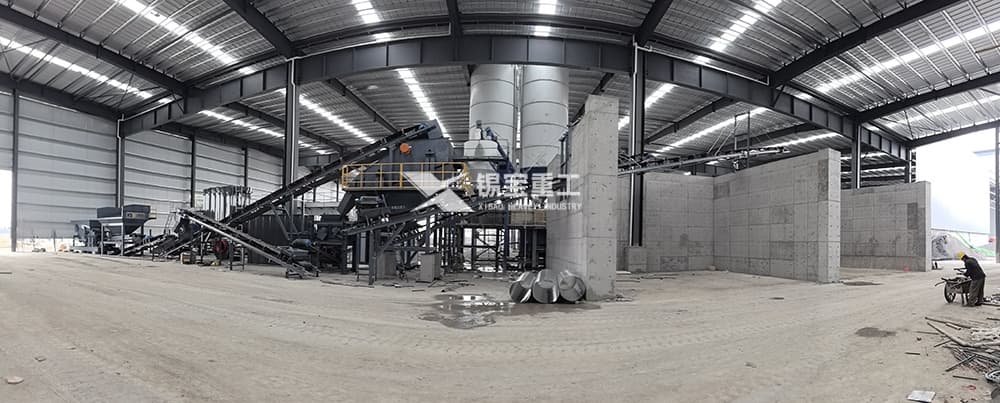
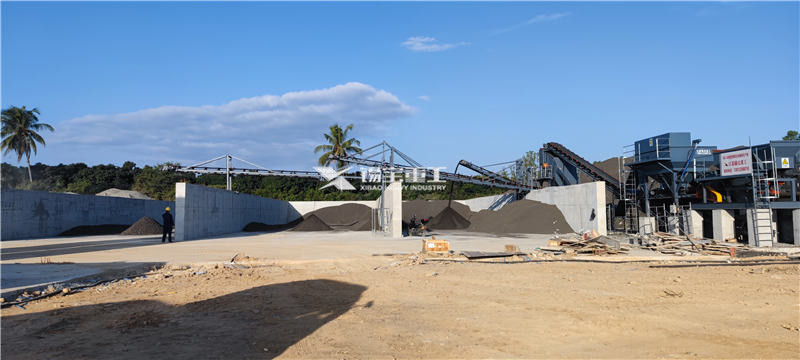
Introduction
Roads and highways are essential infrastructures that connect cities and enable transportation of goods and people. However, over time, constant traffic and environmental factors take their toll on the asphalt pavement, leading to cracks, potholes, and deterioration. Traditional methods of repairing and maintaining roads involve costly and time-consuming processes, such as milling and replacing the asphalt layer. However, in recent years, a sustainable and efficient approach called asphalt pavement regeneration has gained traction in the road industry. In this article, we will explore the concept of asphalt pavement regeneration, its benefits, and its impact on sustainability.

What is Asphalt Pavement Regeneration?
Asphalt pavement regeneration is a process that involves restoring the aging asphalt by rejuvenating and reusing the existing materials. The technique allows for the revitalization of deteriorated pavements without the need for complete removal and replacement. This innovative approach extends the service life of roads, reduces waste generation, conserves natural resources, and minimizes carbon emissions.
The Process of Asphalt Pavement Regeneration
The asphalt pavement regeneration process typically involves the following steps:
Evaluation and Assessment: Before initiating the regeneration process, a thorough evaluation of the pavement's condition is necessary. This assessment identifies the extent of damage, the feasibility of regeneration, and the appropriate techniques to be employed.
Rejuvenation: The next step involves the application of rejuvenating agents to the aging asphalt. These agents help restore the binder's properties, reverse oxidation, rejuvenate the aged bitumen, and reduce the stiffness and brittleness of the asphalt.
Milling and Resurfacing: Once the rejuvenation process is complete, a milling machine is used to remove the top layer of the pavement. This process removes any cracks, potholes, or damaged areas, creating a smooth and level surface. After milling, a new layer of asphalt is applied to the reclaimed pavement.
Compaction: Compaction is a crucial step in the regeneration process. It ensures proper bonding between the new and existing asphalt layers, enhancing strength and durability. Vibratory rollers are used to achieve optimal compaction, ensuring a high-quality pavement.
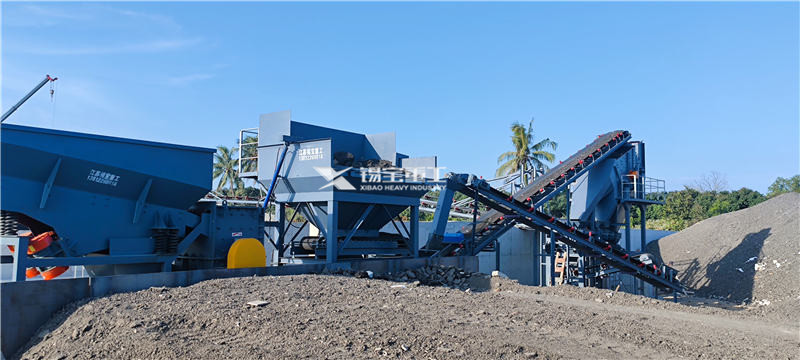
Benefits of Asphalt Pavement Regeneration
Asphalt pavement regeneration offers numerous benefits, including:
Cost-Effective: Compared to traditional methods of complete pavement replacement, regeneration is more cost-effective. By reusing existing materials and minimizing waste generation, the process reduces the overall project costs.
Environmental Sustainability: Asphalt pavement regeneration significantly reduces the demand for new materials, conserving natural resources. Moreover, it minimizes the carbon footprint associated with asphalt production and transportation.
Reduced Disruption: Regeneration requires less time and causes minimal disruption to traffic flow. Unlike complete pavement replacement, which can take days or even weeks, the rejuvenation process is relatively quick, allowing roads to be reopened sooner.
Improved Durability: Rejuvenating the asphalt increases its flexibility and resistance to cracking, enhancing the pavement's overall longevity. This results in reduced maintenance needs and costs over the lifespan of the road.
Enhanced Safety: Potholes, cracks, and other pavement defects pose safety hazards for motorists. With asphalt pavement regeneration, these issues are addressed promptly, resulting in smooth and safe road surfaces.
Conclusion
Asphalt pavement regeneration offers a sustainable solution for road maintenance, allowing for the revitalization of aging infrastructure. By reusing existing materials, reducing waste, and conserving resources, this innovative approach contributes to environmental sustainability. Furthermore, the cost-effectiveness, minimal disruption, and improved durability associated with asphalt pavement regeneration make it an attractive choice for road agencies and contractors. As we strive for greener and more sustainable practices, asphalt pavement regeneration paves the way for a more resilient and efficient road network.
